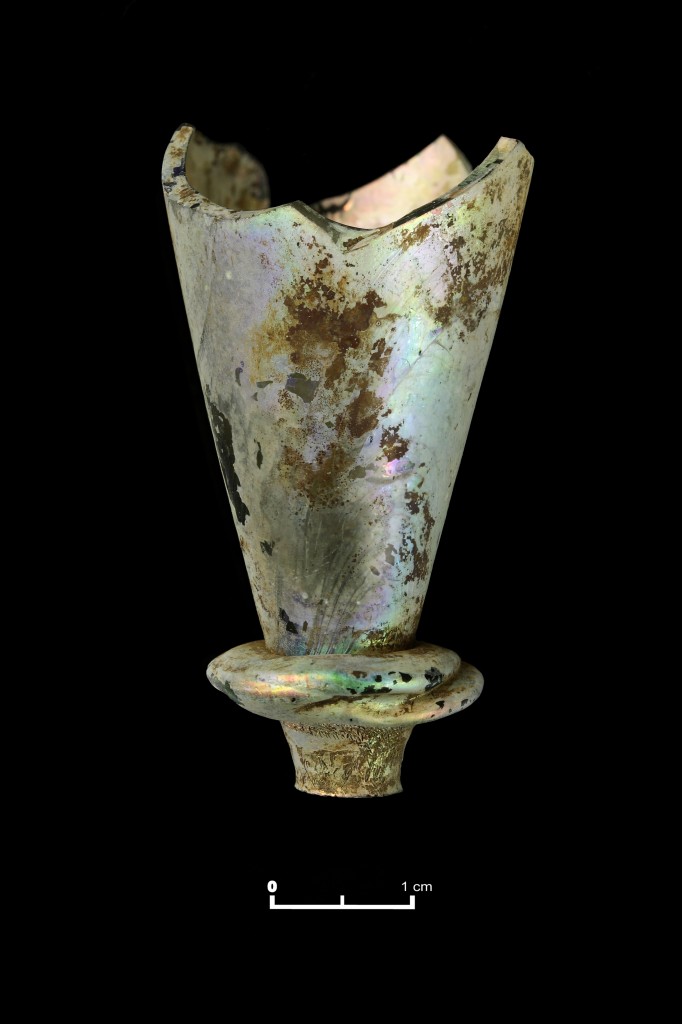
In 2005, we began a four-season investigation of the tower house at Castledonovan, Drimoleague, Co. Cork. The work was carried out for the Department of the Environment, Heritage and Local Government on behalf of the Office of Public Works (OPW). During the course of excavations we uncovered a large and varied assemblage of artefacts, the majority of which dated to the 16th and 17th centuries. As part of the documentation process of the site, we undertook studio photography of these finds in order to document and illustrate these objects and their current state of preservation.
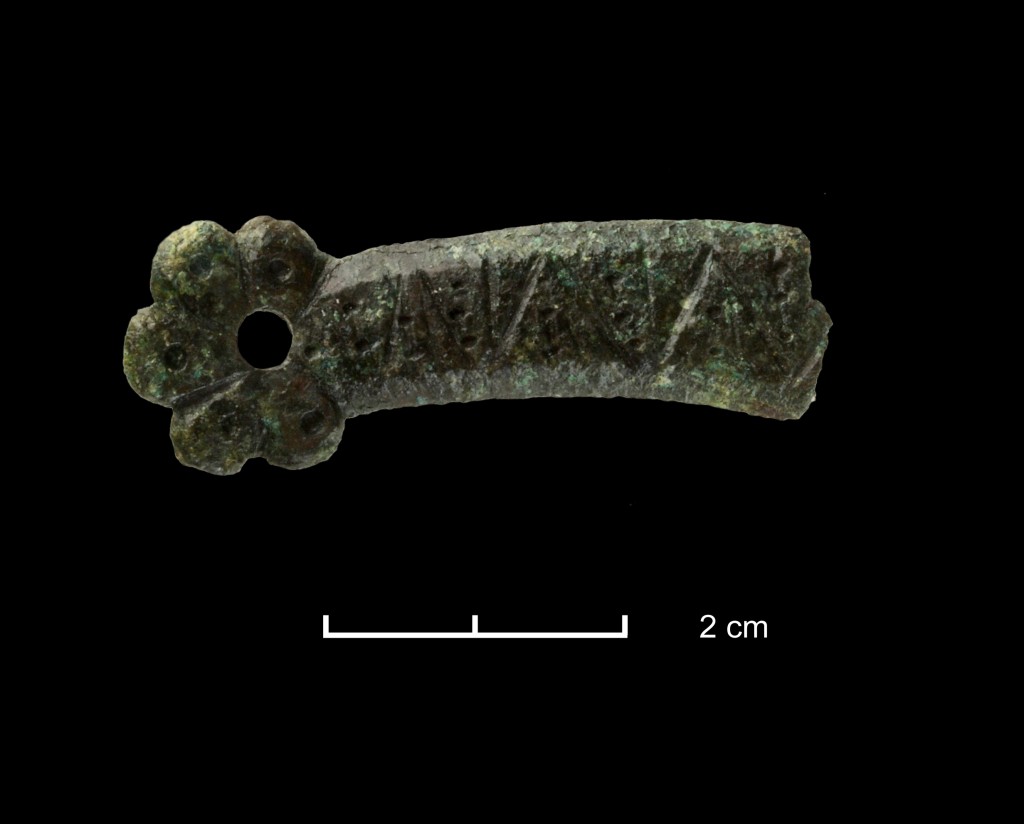
The purpose of studio photography is to create a record that can be presented in the final excavation report, and which will also be suitable for any future publication or public presentation. An archaeological finds photographer has a number of elements to bear in mind before commencing work on an assemblage. Questions to be asked include whether an image has archaeological merit, if it communicates the object’s key archaeological information (e.g. decoration, form) and does it present this information in the clearest possible way. It is also important to produce aesthetically pleasing photographs, while still preserving the image’s integrity.

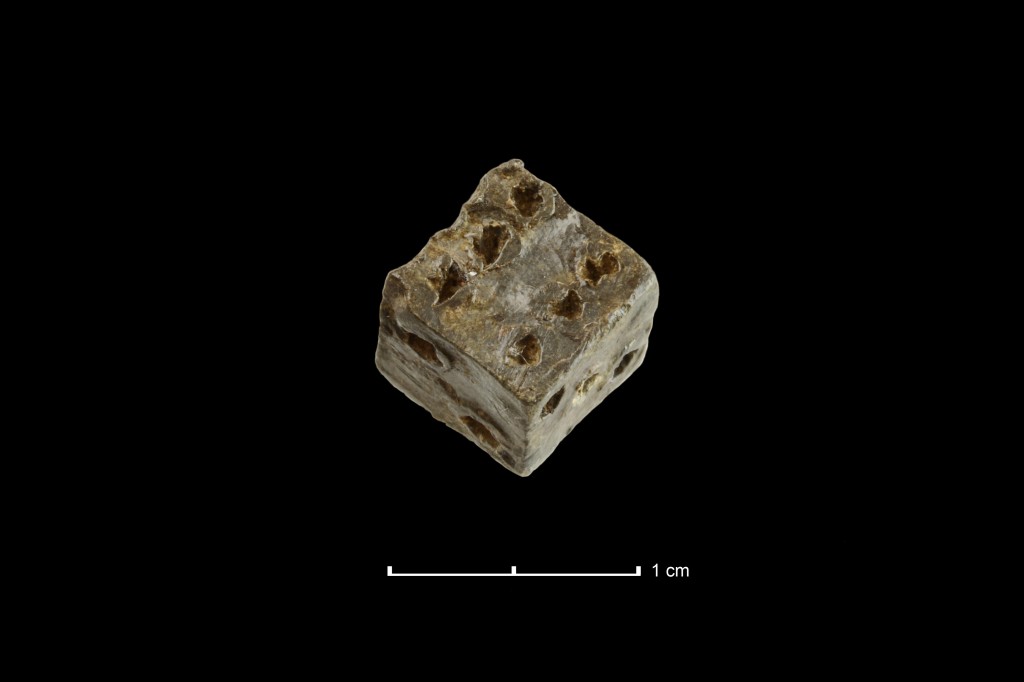
Taking high quality archaeological photographs involves much more than simply ‘taking a snap’ of a find. At Rubicon we have a dedicated photography room used solely for the production of these images. This windowless studio contains a number of tools such as positional lights, a softbox (to diffuse light), studio table, camera and tripod. This set-up allows us to control the level and direction of light on an object to produce optimum results. The selection of a background for the objects is also carefully chosen dependent on the requirements of the brief and the type of artefact being photographed; apart from standard colours such as black and white other backdrops such as glass are sometimes used. The finds assemblage from Castledonovan gave Rubicon´s photographers the opportunity to work with a wide range of materials such as metal-work, glass, ceramics, worked bone and stone items. We selected a black velvet background for the shots to compliment the assemblage and give definition to the objects.
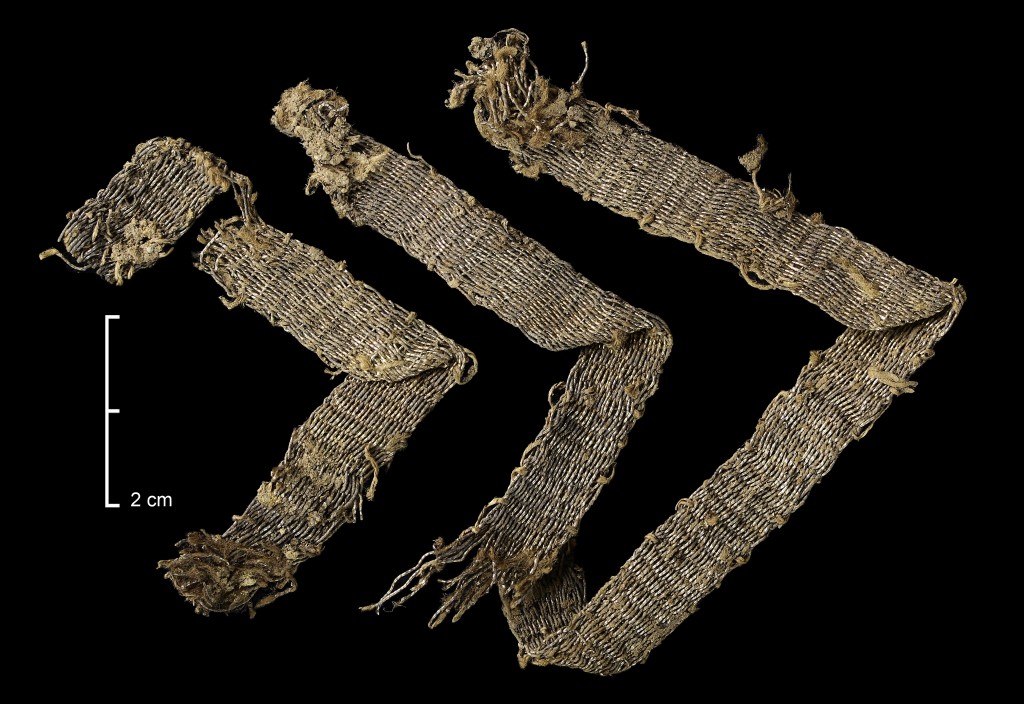
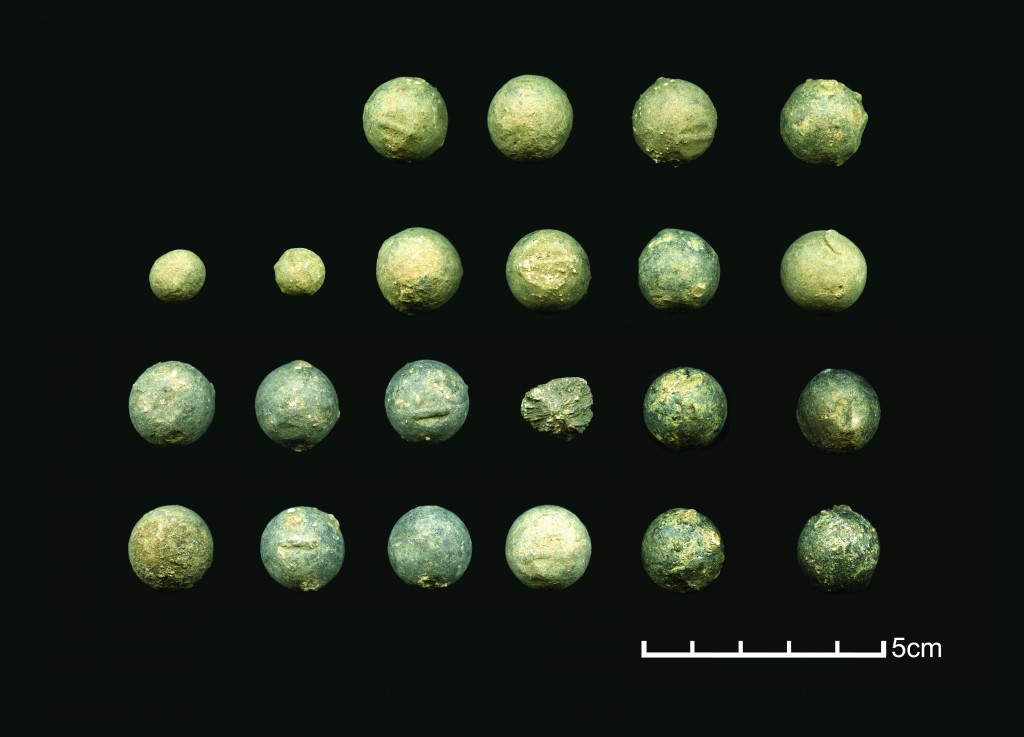
Metal provided the predominant medium of find from the site. Within this category were small finds: decorative casket-fittings, coins and a lead gaming die were found alongside larger items such as lock fittings, hasps and knives. These everyday items are, along with pottery, typical of the type of material recovered from a castle excavation.
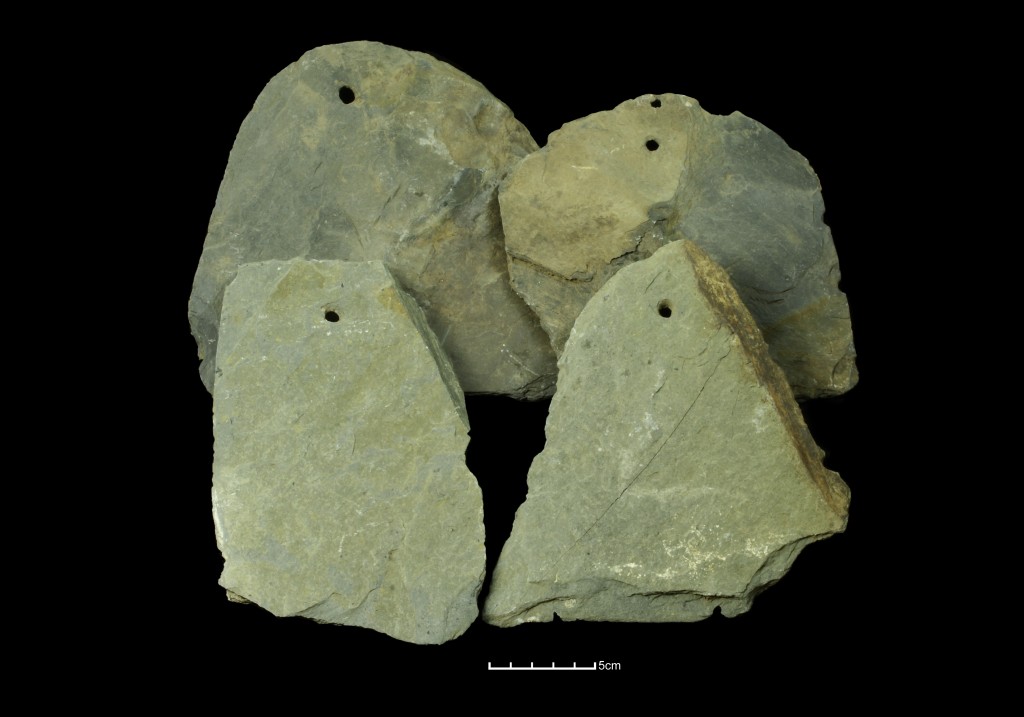
Perhaps the most impressive find was a number of fragments of gold thread lace, which probably once adorned a waistcoat or other garment. These high-status fragments were found within deposits relating to an episode of intense burning, alongside fragments of fine glass vessels. A working hypothesis links these finds to an attack on the castle by Cromwellian forces in 1650, and suggests the items may have been gathered together in a trunk or chest when the roof fell in and the castle was torched. This attack, which signalled the end of continuous occupation of Castledonovan, also produced a large assemblage of musket balls, indicative of the presence of military troops.
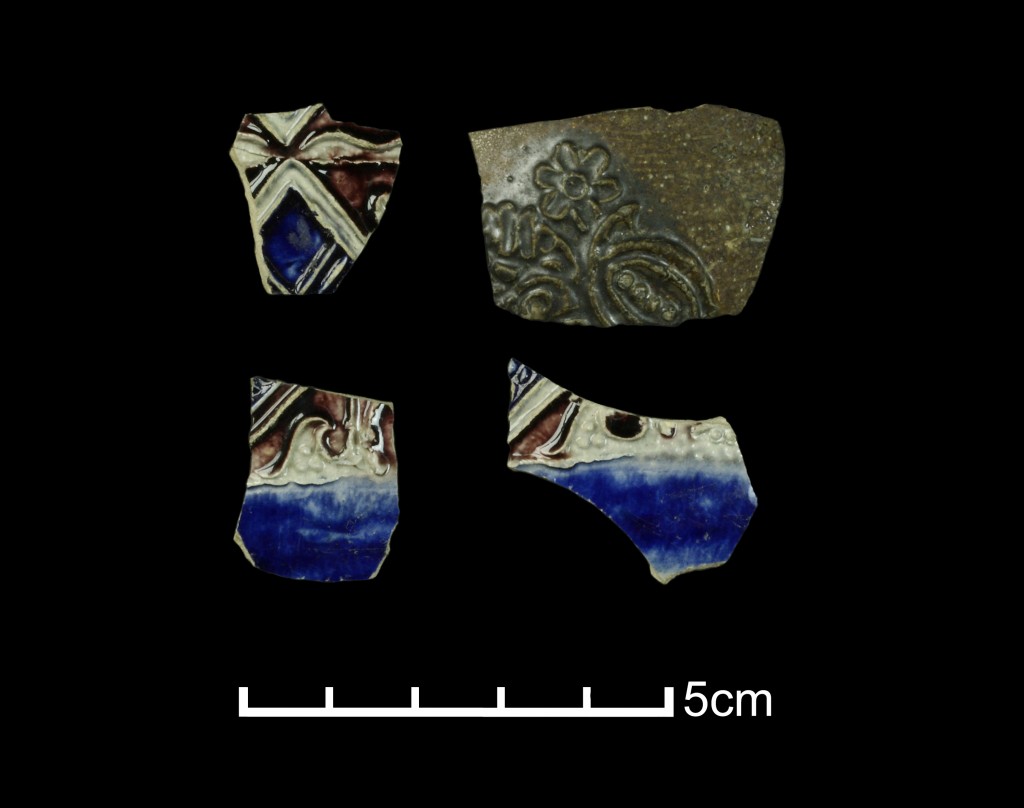
Finds assemblages like this help archaeologists to interpret a site and verify or challenge documented history. The archaeological studio photograph is another tool in our modern arsenal for disseminating and sharing our results with peer and public alike – making the past accessible to everyone in the present.

Very nice! See http://en.wikipedia.org/wiki/Castle_Donovan and http://en.wikipedia.org/wiki/Donal_III_O'Donovan for some of what there is to know. At least one document survives, a certificate for O’Donovan from the Viscount Muskerry/Earl of Clancarty. You can find this on p. 2448 here http://books.google.com/books?id=p6XRAAAAMAAJ There may or may not be an official Cromwellian document reporting Castledonovan’s destruction but I think I might have seen a contemporary English reference to it once.
Sorry, the second link won’t work because of the apostrophe, but you can reach Donal III’s article from the first.